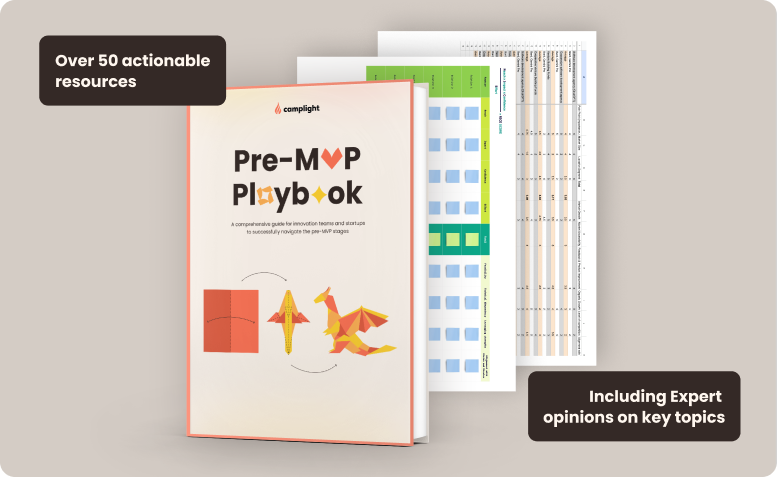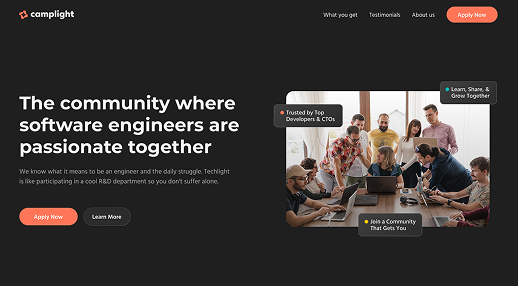Every second, countless bits of data are generated and collected. The sheer volume of information available online is unprecedented. And of course, it represents both opportunities and challenges.
The question is no longer how to get data but how to make sense of it – what to keep, what to discard, and crucially, how to turn this vast information into strategies that propel businesses forward.

You have certainly faced multiple choices in life, only to find yourself paralyzed by indecision. It is the same for businesses – they can easily falter under the weight of too much information.
Here AI emerges as a decisive instrument, cutting through the noise to sift, sort, and highlight what truly matters.
From predictive analytics to intelligent automation, AI turns raw data into actionable insights and, finally, informed decisions.
Are you ready to unlock the potential buried within your data?
Let’s see how this is done in practice.
The Power of Transformation: From Data to Decisions
Data is the new gold, and just like gold, it needs refinement.
This section will lay out the process by which AI refines raw data, the actionable insights it produces, and the strategic decisions it empowers.
Let’s see how AI becomes a partner in the strategic venture, planting the seeds of transformation with data-driven decisions.
Data Refinement with AI
AI algorithms process raw data at speeds and depths human workers cannot. By sifting through mountains of information, AI uncovers patterns, trends, and anomalies that serve as the foundation for strategic insight.
Generating Actionable Insights
The insights don’t merely inform, their main purpose is to prompt action. And this is why they’re so important. We can give as an example our partnership with Akooda. By providing actionable insights, the platform empowers companies to optimize operations.
Akooda achieves this through Operational Intelligence (OI), which standardizes data for analysis. Furthermore, Akooda’s Enterprise Search solution extracts valuable insights from diverse data sources, particularly in less structured searches, ensuring accessibility without specialized expertise.
As a result, businesses get a real-time understanding of their activities, resource allocation, and task execution.
The Decision-Making Power of AI
Human executives, with the assistance of AI, can then make decisions with deeper visibility into the implications and chances of success. The data they need is collected, structured, and analyzed in no time, giving them the unique chance to focus on the big picture. AI’s role is to enhance the human capacity for strategic thinking, not to replace it.
At the Heart of Change: The AI-Human Interaction
We believe that the real value of AI is its capacity to transform human potential. This segment will explore the dynamic synergy between AI and its human counterparts. Let’s see how this interaction accelerates positive change.
A shining example of the harmonious relationship between AI and emotional intelligence enhancement can be seen in one of our products, Moodlight.
Moodlight is designed to capture and analyze the emotional climate of teams during meetings. By allowing team members to anonymously share their feelings and moods, Moodlight creates a comprehensive overview of the team’s emotional state. This pre-meeting insight equips everyone with the understanding needed to approach discussions with empathy and awareness.
The Potential Reinvention of Work
The integration of AI into the workforce presents an opportunity for task reinvention, freeing humans to focus on the complex, creative, and value-driven tasks that AI can’t replicate.
For instance, in customer service, AI-powered chatbots handle routine inquiries, freeing up human agents to tackle complex issues and provide personalized support. Similarly, in manufacturing, AI-driven predictive maintenance systems minimize downtime and optimize efficiency. In the meantime, engineers can concentrate on innovation and process improvement.
According to a study by PwC, AI-driven predictive maintenance can reduce maintenance costs by up to 40% and unplanned downtime by up to 50%. These examples highlight how AI empowers organizations to optimize resources and unlock human potential.
What’s more, there is an expected boost of up to 26%in GDP for local economies from AI by 2030.
Examples of Positive AI-Human Collaboration
From healthcare diagnoses to financial risk assessments, history is already being written with AI-assisted decisions that save lives and foster growth. These anecdotes are not distant fantasies but current realities.
We observed this phenomenon while developing Fairlight, one of our latest products. It is an application that transforms the landscape of financial management. Fairlight integrates sustainability into all aspects of financial operations, cultivating a culture of responsible and ethical financial practices. Read more about it here.
The Broader Worldview
AI offers a more inclusive world of work where everyone can contribute and benefit from this technology. It allows the creation of shared workspaces where people collaborate and master the intricacies of Artificial Intelligence together. One such example is Team-GPT.
Navigating the Complex Terrain: AI Implementation Challenges
Despite its promise, the road to successful AI implementation is riddled with challenges. Here we present the main ones:
- Organizational Readiness and Culture Change – Implementing AI requires a readiness to adopt a new mindset and cultural orientation in organizations – from top to bottom.
- Ethical and Regulatory Considerations – The ethical landscape of AI deployment is still being charted; businesses must ensure their AI systems uphold societal values and comply with laws and regulations.
- Skill Gaps and Talent Acquisition – AI’s emergence has created a significant demand for skilled professionals. Businesses must either train their existing workforce or compete in a fierce talent marketplace.
- Unlocking AI’s full potential: Confronting and overcoming these challenges head-on is crucial for organizations to unlock the full potential of AI and reap its rewards.
Strategic Pathways for AI Adoption
This section will introduce various pathways businesses can take to successfully integrate AI systems into their decision-making processes.
- Start with Clear Objectives: Clarity of goals is essential for effective AI integration. Aligning AI projects with strategic objectives and actionable outcomes is key.
- Implement Incremental AI Projects: Large AI projects can be challenging to manage and carry higher risks. A phased approach with incremental projects allows for controlled growth and learning opportunities. For example, we utilize Design Sprints.
- Invest in AI Education: Education on AI and related technologies should be promoted at all organizational levels, fostering a shared vision and language for everyone.
- Prioritize Data Quality and Governance: The effectiveness of AI systems hinges on the quality of the data they analyze. Businesses must prioritize data quality and establish robust governance practices.
In Conclusion: The Imperative of AI in Decision-Making
As we wrap up our exploration into the world of AI-driven decision-making, it’s clear that we’re on the brink of a transformative era. AI is a game-changer reshaping how we do business. From revolutionizing financial management to empowering our workforce, AI’s impact is profound and personal.
Take a moment to think about the examples we’ve discussed. Think about how AI is transforming industries, saving lives, and driving growth. We observe a fundamental shift in how we approach business strategy. And we’re right at the forefront of it.
As Benjamin Disraeli famously said, “The secret of success is to be ready when your opportunity comes.” With AI as our accelerator, we’re poised to make the right decisions at the right time, birthing great products.
Do you want to be part of it all? Drop us a line and let’s create the future together.






